Book reviews for November 2015
The Annihilation Score (Laundry Files, #6) by Charles Stross
3/5
Too much flat pack furniture assembly, not enough slaying of eldrich horrors. Also I miss Bob.
3/5
Too much flat pack furniture assembly, not enough slaying of eldrich horrors. Also I miss Bob.
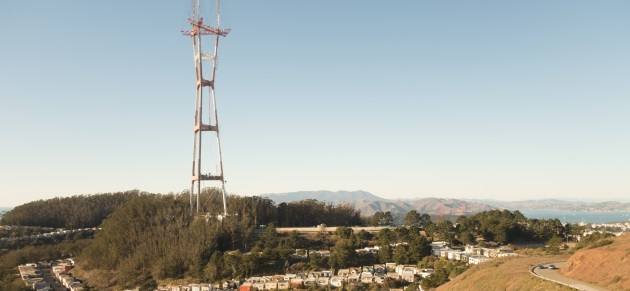
360 degree timelapse from the top of Twin Peaks in San Francisco.
(Published to the Fediverse as: Twin Peaks 360 4K #timelapse #4k #360 #video 360 degree 4K resolution timelapse shot from the top of Twin Peaks in San Francisco )
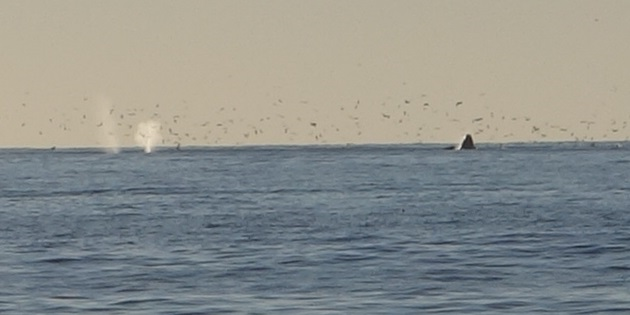
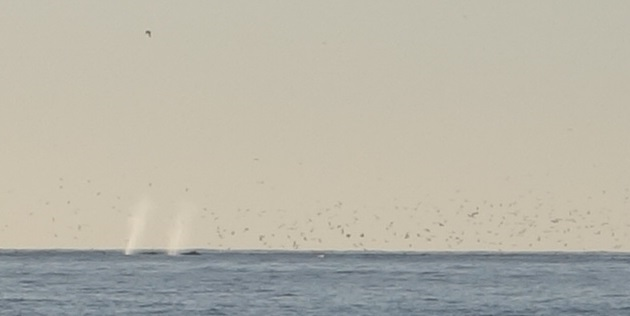
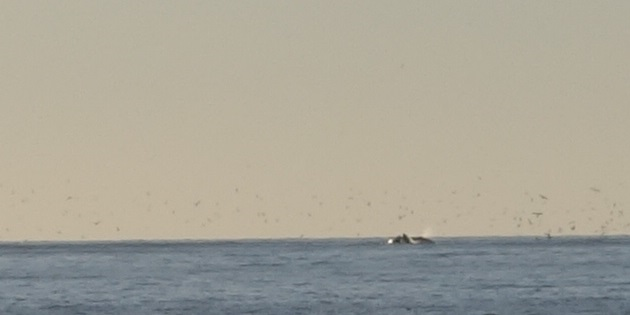

Photos of gray whales at Waddell Beach in California.
(Published to the Fediverse as: Gray Whales at Waddell Beach #photo #whales Several photos of gray whales at Waddell Beach in California. )

A timelapse where each photo has been reduced to just its average color. Extreme pixelation if you will. The image above is the average of the averages. I imagine this is how a bristlecone pine experiences a day. Need to try this again in the summer I think when it might be a slightly less depressing hue.
(Published to the Fediverse as: The color of yesterday #timelapse #yesterday #video Timelapse where each photo has been reduced to its average color. )
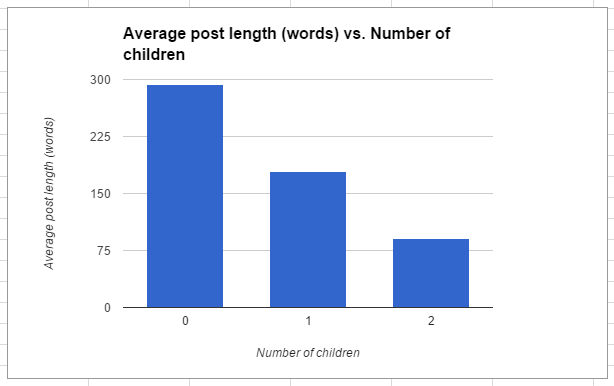
I have crunched the numbers and calculated the average length of blog posts on I Thought He Came With You vs. how many children I had at the time the post was written.
(Published to the Fediverse as: Correlation is not causation but... #etc #blog #ithcwy Statistically insignificant study of blog post length vs. number of children here on I Thought He Came With You. )
I started with Blogger many years ago. It worked well for a while and then it didn't. I forget why but I wrote a tool to migrate from Blogger to BlogEngine.net.
BlogEngine.net was good for a while, but I never loved the commenting system. I switched to Disqus and I wrote a tool for that as well.
Then Disqus decided to monetize more aggressively than I liked, and I moved on to Facebook comments. Having used these for a while I have come to the conclusion that most people just hate Facebook comments. They're convenient but not many people use them. Also, pages just load much faster without all the Facebook JavaScript. So today I'm switching to home grown manually moderated comments. Just about every comment ever left on this blog has made it from Blogger to BlogEngine.net to Disqus and finally the new system, even the nasty ones. I'll moderate to cut out spam but never dissent. Enjoy!
(Published to the Fediverse as: Commentary #etc #comments #blogger #disqus #facebook The evolution of comments on ITHCWY. From Blogger, BlogEngine.net, Disqus, Facebook and then finally I give up and write and moderate my own system. )
Microsoft you are literally killing me. Please tell me there is a reason.
Windows 10 has had a reorg of notifications. People in Redmond have spent quality time thinking about how and when to bother me. User experiences have been imagined, focus grouped, re-imagined, tested, pushed out to beta, revised, polished and finally shipped in a heaping turd of time wasting.
After one of the never ending reboots following some critical update or other I get a nice popup to let me know that updates were installed:

I'm not sure this is the most important news I'll read all day but fine, thank you and I click the little x to dismiss.
Windows at this point knows that it's told me about the updates, and it knows that I've seen the message because I took the time to actively dismiss it.
So why is this now in the Action Center:

I have to acknowledge my latest helping of updates all over again. It's the sort of double confirmation I'd really value before inadvertently nuking Belgium but for pretty much anything I've ever seen in Action Center it's overkill. It's causing the most anger I've had with an Operating System since I had to Google how to shut down Windows 8.
Windows 10 is on 110 million devices. Assuming a reboot a week and three seconds per device spent dismissing the extra message we're looking at a cost of $28 million a year (at US GDP). Microsoft has said it expects a billion Windows 10 devices in 2-3 years. Even at global average GDP that's $64 million down the drain.
It's not a quirky design decision, it's a class action lawsuit waiting to happen.
Smart people must have spent time on this. Please tell me why?
(Published to the Fediverse as: Updates were installed... #etc #microsoft #update #windows Why does Windows 10 make you dismiss notifications twice? Genuinely, if you know leave a comment. I'm curious. )
3/5
Everything you need in a Reacher book, and nothing you don't. Too well oiled.

Photo of downtown San Francisco seen through a crack in the rocks at Corona Heights Park.
(Published to the Fediverse as: Corona Heights #photo #sanfrancisco Photo of Sa Francisco from Corona Heights Park in San Francisco, California. )